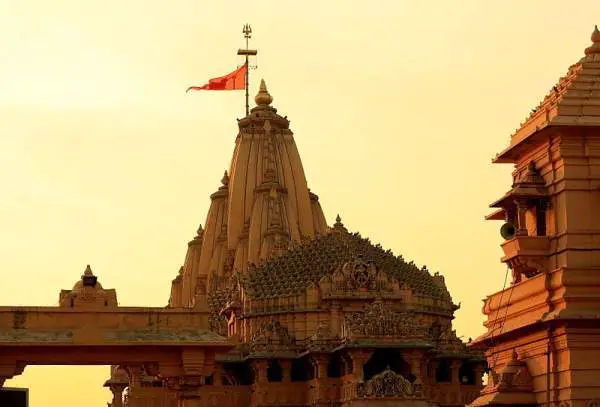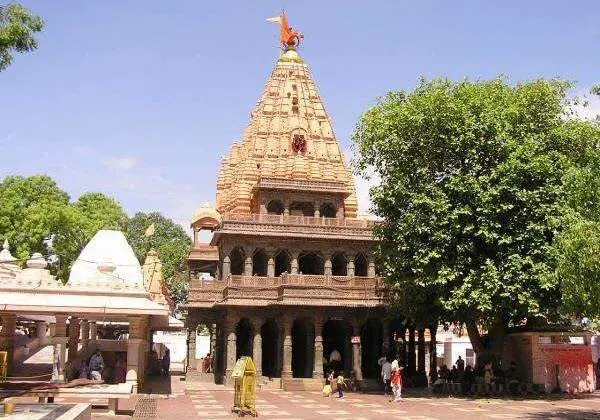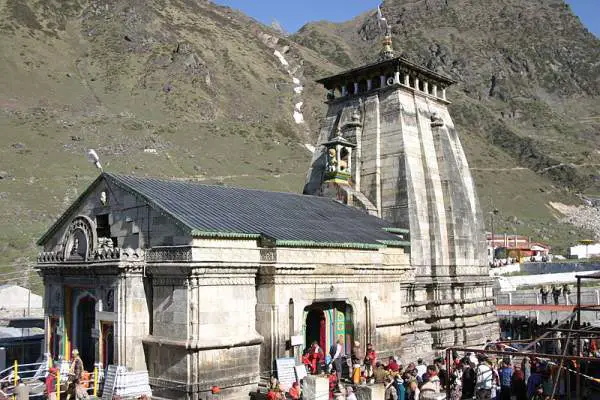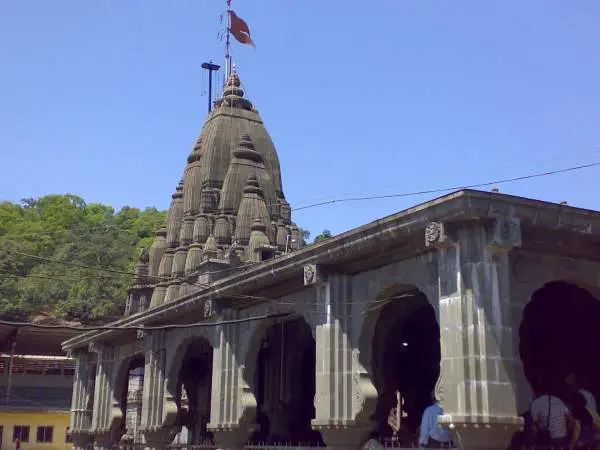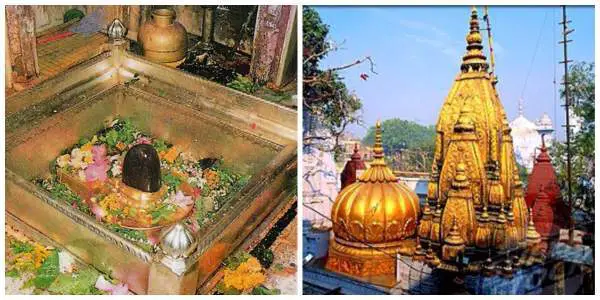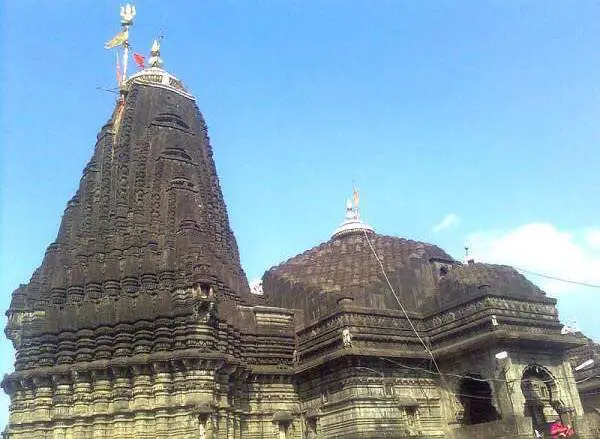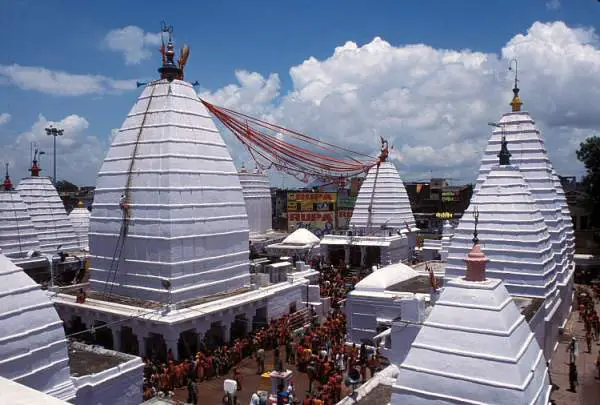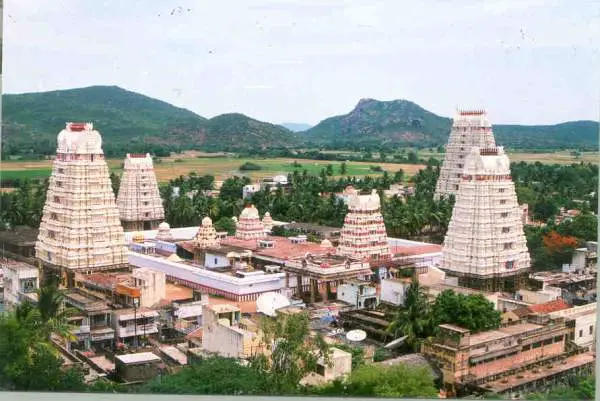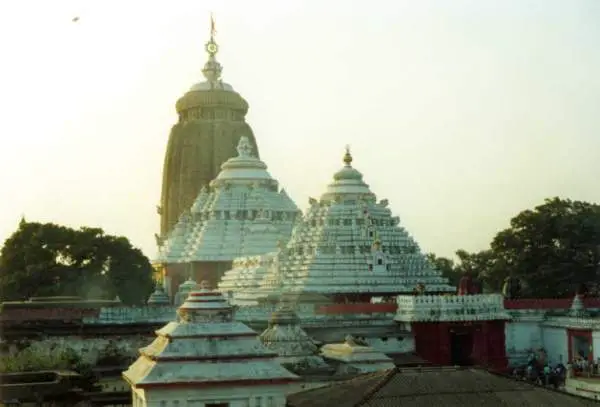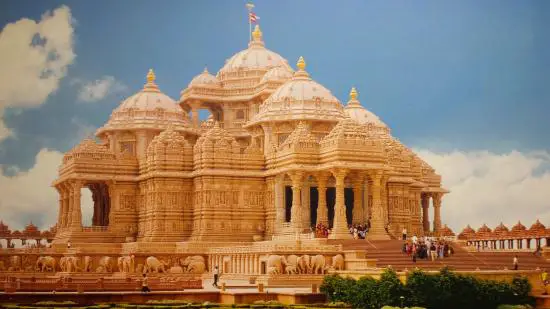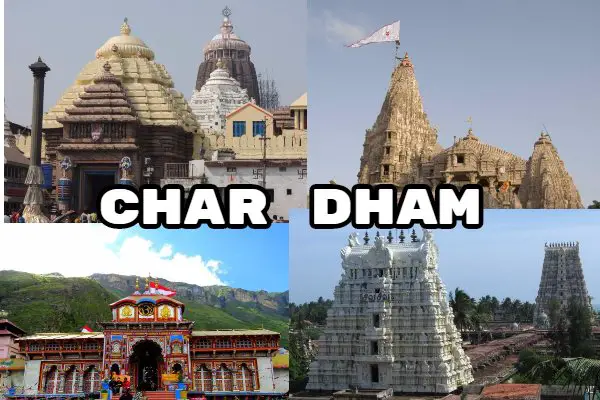Jyotirlinga or Jyotirling or Jyotirlingam are the holiest Shiva Temples spread all across India. Actually, there are 12 Jyotirlinga Temples of Lord Shiva that exist in India. In fact, Jyotirlingas are holy shrines where Lord Shiva is worshipped in the form of a Jyotirlinga.
Jyotirlinga is a devotional object which represents the Supreme Lord Shiva. Here, “Jyoti” means “divine radiance” and “lingam” means “Image or Sign” of Lord Shiva.” Thus, Jyotirlinga means the “The Radiant Sign of Lord Shiva.” According to ancient Hindu scriptures, there are 12 highly auspicious and traditional Jyotirlinga Shrines or Temples in India where Lord Shiva is worshipped in the form of a Jyotirlinga or “Lingam of Light”.
It is believed that Lord Shiva first manifested himself in the form of a Jyotirlinga. Thus, a Darshan to the holy 12 Jyotirlingas Temples of Lord Shiva holds special importance in the life of a Shiva Devotee.
Secrets of Jagannath Temple Puri
At all of these Jyotirlingas Temples, the main image is the “Lingam” which symbolizes the infinite nature of the Almighty Lord Shiva, also known as “Mahadeva.” According to Hindu Texts, at all the 12 Jyotirlingas, Lord Shiva appeared in the form of a fiery column of light. In fact, Shiva Lingam symbolizes the “life-light” which is responsible for various activities in the whole of the Universe.
Each Jyotirlinga sites takes its name from the presiding deity which is a unique manifestation of Lord Shiva.
10 Largest Hindu Temples in the World
The twelve Jyotirlingas are Somnath in Gujarat, Mallikarjuna at Srisailam in Andra Pradesh, Mahakaleswar at Ujjain in Madhya Pradesh, Bhimashankar in Maharashtra, Omkareshwar in Madhya Pradesh, Kedarnath in the Himalayas, and Vaidyanath Jyotirlinga at Deogarh in Jharkhand, Triambakeshwar at Nasik in Maharashtra, Vishwanath at Varanasi in Uttar Pradesh, Nageswar at Dwarka in Gujarat, Ghushmeshwar in Rajasthan and Grishneshwar in Aurangabad district, Maharashtra.
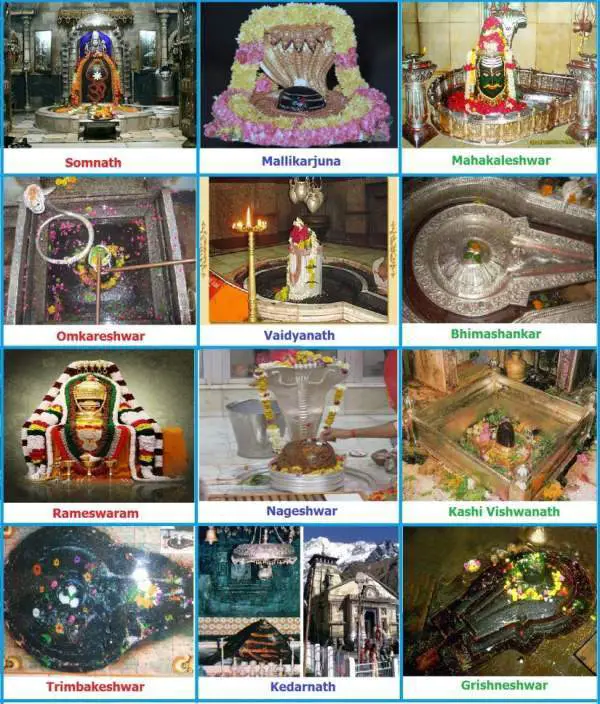
It is said that visiting these twelve Jyotirlingas, one receives the abundant blessings of Lord Shiva. Worshipping the 12 Shiva Jyotirlingas one attains salvation and is released from the cycle of birth and death. People get freed from all sorts of difficulties. Thus, a Darshan to the twelve Jyotirlingas brings peace, happiness, and satisfaction to one and all.
Why Maha Shivratri is Celebrated
The following Sanskrit rendering aptly describes the glory of 12 Jyotirlingas:
English Conversion:
“Saurashtre Somanathamcha Srisaile Mallikarjunam|
Ujjayinya Mahakalam Omkaramamaleswaram ||
Paralyam Vaidyanathancha Dakinyam Bheema Shankaram |
Setu Bandhethu Ramesam, Nagesam Darukavane||
Varanasyantu Vishwesam Tryambakam Gautameethate|
Himalayetu Kedaaram, Ghrishnesamcha shivaalaye||
Etani jyotirlingani, Saayam Praatah Patennarah|
Sapta Janma Kritam pApam, Smaranena Vinashyati||”
Herein, we have given a brief but relevant account of each of these 12 Jyotirlinga Temples of Lord Shiva:
Table of Contents
12 Jyotirlinga Temples of Lord Shiva
1. The Somnath Jyotirlinga
The Somnath Jyotirlinga Temple is considered to be the first pilgrimage site amongst the Dwadash (twelve) Jyotirlingas pilgrimage. It is located at Prabhas Patan in the Saurashtra region of Gujarat state in India. It is said that the temple was destroyed and rebuilt as much as sixteen times. The temple is associated with a rich tradition, history, and legend.
2. The Mallikarjuna Jyotirlinga
The Mallikarjuna Jyotirlinga is also known as “Srisailam” and is located on a mountain in the Kurnool district of Rayalaseema. The Shiva Jyotirlinga here is enshrined in a beautiful and ancient temple that is architecturally superbly rich. The temple is situated on the banks of the river Patalganga Krishna. It is one of those rare places where Shakti Peetha and Jyotirlinga are together. It is also the place where Shri Adi Shankaracharya composed the well-known “Shivananda Lahiri.”
3. The Mahakaleshwar Jyotirlinga
The Mahakaleshwar Jyotirlinga is situated at Ujjain in Madhya Pradesh. It is the only “Swayambhu” Jyotirlinga amongst the 12 Shiva Jyotirlingas. It is also the only Jyotirlinga that faces the south. The temple has a Shree Yantra perched upside down on the ceiling of the Garbhagriha. It is one of those places where you will find Jyotirlinga and Shakti Peetha together.
4. The Omkareshwar Jyotirlinga
The Omkareshwar Jyotirlinga is located on the banks of river Narmada, in between Indore and Khandwa district of Madhya Pradesh. This Jyotirlinga Temple is situated on an island which is encircled by the Narmada River. It is home to Lord Shiva Jyotirlinga Shrine and the famous Mamaleshwar Temple.
5. The Kedarnath Jyotirlinga
The Kedarnath Jyotirlinga is situated in the Uttarakhand region of India and is the northernmost Shiva Jyotirlinga. In fact, Kedarnath Jyotirlinga forms an integral part of the “Char Dham” pilgrimage circuit for Hindus. It is an ancient shrine which is nestled in the snow-clad Himalayan Region of India. This Jyotirlinga Shrine is only accessible for six months a year. According to Hindu legend, Lord Shiva took the form of a wild boar and dived into the earth at Kedarnath so as to emerge in the form of Pashupatinath.
6. The Bhimashankar Jyotirlinga
The Bhimashankar Jyotirlinga Temple is located near Pune, Maharashtra, in a reserve forest area. The temple structure is built in the Nagara style of architecture. There is also a shrine dedicated to Goddess Parvati, which is popularly known as “Kamalaja.” It is also visited along with the Jyotirlinga.
7. The Kashi Vishwanath Jyotirlinga
The Kashi Vishwanath Jyotirlinga Temple is situated in Varanasi, Uttar Pradesh. It is undoubtedly one of the most sacred shrines of the Hindus. The Jyotirlinga Temple stands on the western bank of the holy river Ganga.
In fact, it is one of those places where you will find Shakti Peetha and Jyotirlinga together. It is also regarded as the holiest of all Shiva Temples in the world. Here, the Shiva Jyotirlinga is known as Vishwanath or Vishweshwara meaning the Ruler of the Universe.
8. The Triambakeshwar Jyotirlinga
The Triambakeshwar Jyotirlinga Temple is situated in a beautiful locale which is about 20 km from the Nasik City of Maharashtra. The Triambakeshwar Jyotirlinga Temple is associated with the origin of the Godavari River.
9. The Nageshwara Jyotirlinga
The Nageshwara Jyotirlinga Temple is located in the state of Gujarat. It is about 12 km on the way from Gomti-Dwarka to Bhet Dwarka. It is one of those Jyotirlingas which finds a mention in Shiva Purana.
10. The Baidyanath Jyotirlinga
The Baidyanath Jyotirlinga Temple is situated in Deogarh in the state of Jharkhand. It is also popularly known as “Baba Baidyanath Dham.” The temple complex consists of the main Jyotirlinga Temple together with 21 other temples. As per Hindu beliefs, Ravana worshipped Lord Shiva at the current site of the Jyotirlinga Temple. It is one of the holiest shrines of Lord Shiva. The Jyotirlinga temple attracts millions of devotees in the month of Shravana.
11. The Rameshwaram Jyotirlinga
The Rameshwaram Jyotirlinga is situated in Tamil Nadu and is the southern-most Jyotirlinga Temple. As per the Hindu Scriptures, the consecration of the Rameshwaram Temple was done by Lord Ram himself. It enshrines the Rameshwara (“Lord of Rama”) pillar.
12. Grishneshwar Jyotirlinga
The Grishneshwar Jyotirlinga Temple is located near the famous Ellora Caves. This Jyotirlinga finds a mention in the Shiva Purana, an ancient Hindu Scripture. It is believed to be the last or the twelfth Jyotirlinga on Earth. The Jyotirlinga Shrine lies at a distance of about 30 km from Aurangabad.
So, these were the 12 Jyotirlinga Temples of Lord Shiva. How many of these Jyotirlinga Shrines have you visited?
As a Lord Shiva devotee, you should plan travel to these sacred and beautiful shrines of Mahadeva.
Jai! Jai! Lord Shiva…

